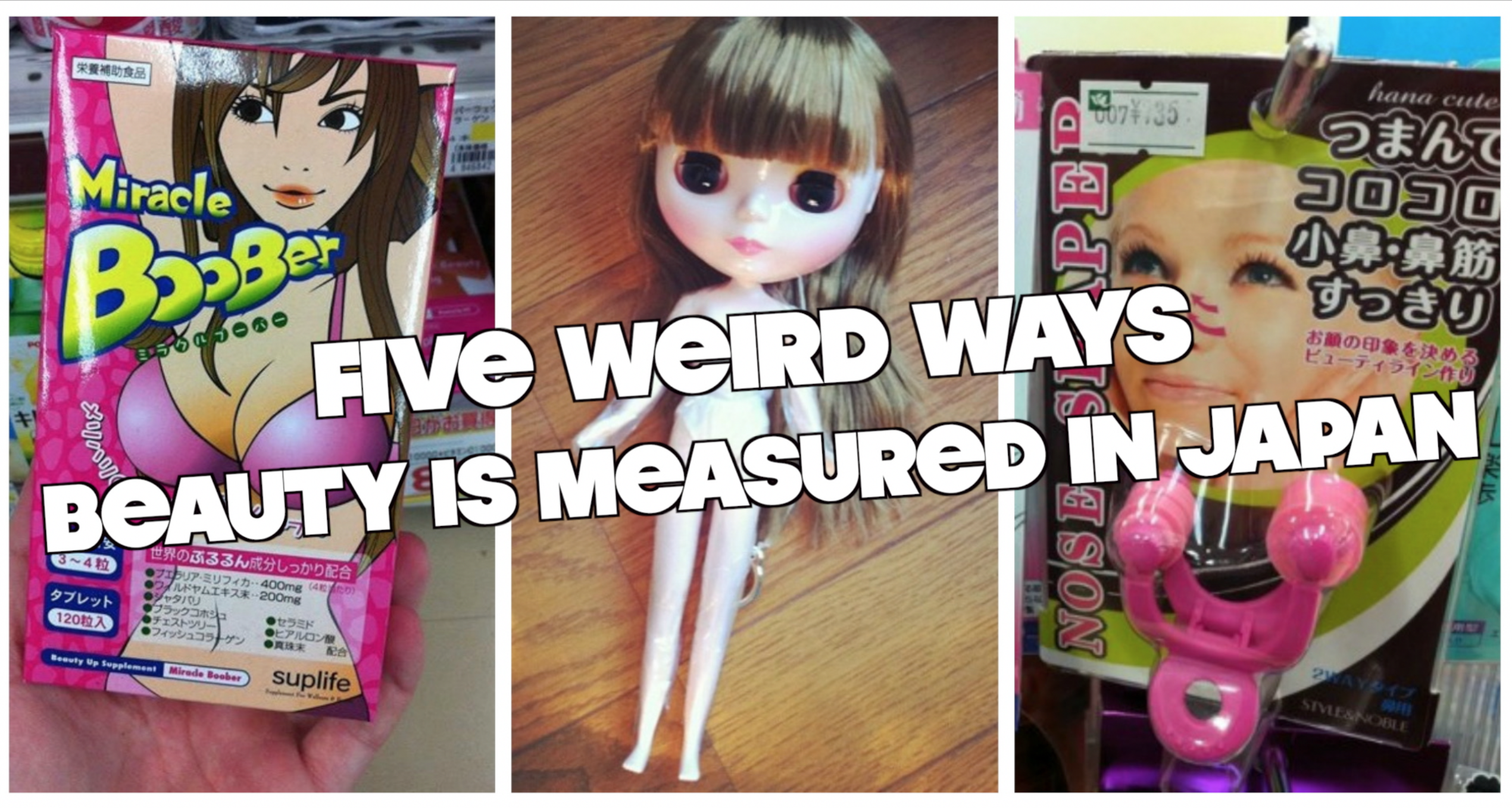
How do you define beauty? If you live in Japan, the yardstick for doing so may look a little bit different…
A little while back, we discussed four beauty trends popular in Japan that are kind of baffling when viewed from the perspective of non-Asian westerners. The original list incuded stick-on “snaggletooth”, skin whitening creams, eyelid tape to give the impression of larger eyes, and faking prominent eyebags.
But there are actually quite a few widely-held concepts of beauty in Japan that have less to do with fads and are more like yardsticks by which beauty is generally measured. If you visit Japan, you’ll probably hear some of these being discussed as if they’re writ-in-stone rules, but it’s important to remember that beauty is subjective and unique to different cultures.
That said, let’s dive in!
1. Small face/Kogao
In Japan, being told that your face is small is high, high praise, at least among women. In fact, don’t be surprised if you hear this one being thrown about all the time. Magazines dedicate endless pages to makeup tips in order to achieve the appearance of having a small via contouring, and there are literally whole shelves of beauty products which purport to help tone up, slenderise and “minimise” one’s face.
Face-toning rubber lips—Japanese ladies will stop at nothing in the pursuit of a toned face.
But surely your face is only as big as your head? What do they mean by “small”, anyway? I ran a few Internet searches in Japanese, asking Google-sensei “what is small face?” and found a whole bunch of websites listing the “ideal” ranges in centimetres from forehead to chin. Basically, a small face implies a small, narrow jaw, not overly high forehead, and the shortest possible distance between the two makes for the perfect “kogao”, however this varies depending on the person’s height, which brings us to our next point..
2. The 1:8 head/body ratio/Hattoshin
The perfect “Hattoshin” is said to be someone whose face is exactly one-eighth of their total height. One example that is commonly cited is singer Namie Amuro. In fact, if you’re a 1:8 girl, you’ve hit the jackpot in terms of being “perfectly” proportioned.
But what if you’ve got a giant lollypop head with something like a 2:8 ratio?! Many women in Japan in fact worry a lot about having a “big head” or a “big face” in proportion to the rest of their body, and some work hard to make their hair as flat as possible to minimise the effect. Bangs are also hugely popular in Japan as they help to minimise the forehead and make one’s face seem smaller. At least in Japan, non-Asian people are considered to have smaller heads in comparison to their bodies, which is why many Western visitors to Japan will often get the “small face” comment.
Funny how Blythe dolls are so popular in Japan. Their heads are mahoosive!
That’s gotta be a 1:3 ratio!
3. Soy Face/Sauce Face/Shoyu Gao/Soosu Gao
This one’s getting a little outdated now, but a while back it was popular to categorize (mostly) men into these two groups based on their facial features. Soy Face is used to describe a man with soft, delicate features and Sauce Face describes a man whose features are more “koi” or “strong”, for example a man with a prominent brow ridge and nose, thick eyebrows and a strong jawline. It’s interesting that there’s not really a consensus between which features are “better”, however features which are considered more “Soy” (or Japanese) tend to be more popular with the majority of young Japanese women. Most boybands in Japan consist solely of Soy Face members. Foreign males in Japan, however, will often be told they fall into the “Sauce” category. In general, the condiment terms have fallen out of favour in recent years in favour of simply “koi” (strong) or “usui” (weak) faces (both strong and weak here being used in a sense more accurate to describe the concentration of a cup of tea than to discuss physical strength). Which, frankly, is something of a relief, since for a while there people were getting kind of crazy coming up with different categories of face including “Miso Face”, “Sugar Face”, “Salt Face”, “Vinegar Face” and so on and so forth…
Sauce Face vs Soy Face.
4. Three Sizes/Surii Saizu
In the west, we may sometimes talk about hip/waist ratio as being an measurement of female attractiveness, but in Japan it’s all about your “three sizes” — your bust, waist, and hip measurements. Many female celebrities, especially the ones who tend to do more, shall we say, risqué work such as gravure modelling, will list their “three sizes” on their websites for fans’ consideration. Many anime characters will also have their “three sizes” listed so fans can, er, imagine how they’d look in 3D. Technically the point of the three sizes is to figure out how clothing will fit, but it’s been co-opted as a way for women to compare themselves, and as fap fodder for otaku, we guess?
At least one of the sizes can be easily increased through the magic of products like Miracle Boober!
5. “Tall” Nose/Hana ga Takai
When I first arrived in Japan, almost everyone commented on the fact that my nose is “tall”. I had no idea what they were talking about and even wondered if they were making fun of me since having a big nose isn’t considered attractive in the west. In Japan, however, lots of people have a complex about their nose bridge being quite “low”, and believe a high nose bridge is a sign of beauty and sophistication.
Lots of half-Japanese models in Japan have quite prominent hooters compared to the average Japanese girl, and while they might not be considered super-beautiful in the west, they’re the absolute epitome of beauty in Japanese eyes. Women here can even buy special nose rollers (see below) as well as little sticks you stick up your nose in order to achieve the illusion of a higher nose bridge. Another popular trick is to draw a line down the middle of the nose with highlighter and contour yourself a bigger sniffer.
Foreign visitors to Japan often find that strangers comment openly on their appearance, since it’s not considered rude here to do so, and very often people are only trying to make polite conversation by paying you what they’ve been raised to believe is a compliment. But having people point out things about your body which you’ve never known to be remarked over before can be very discomfiting — imagine if someone came up to you and pointed out your shapely knees, or the dangliness of your earlobes, or something! Hopefully this list will help you to avoid any culture clash on your Japan travels when compliments come your way.
All images © RocketNews24

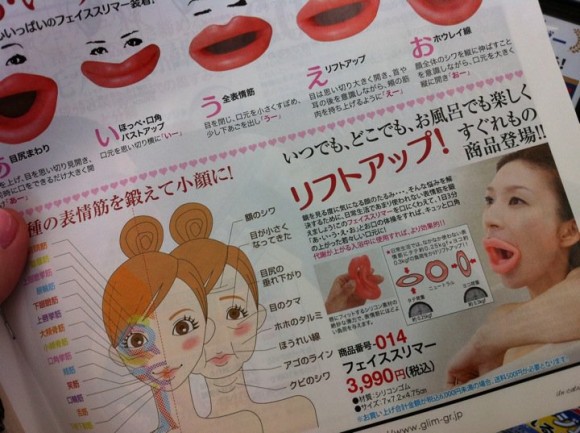
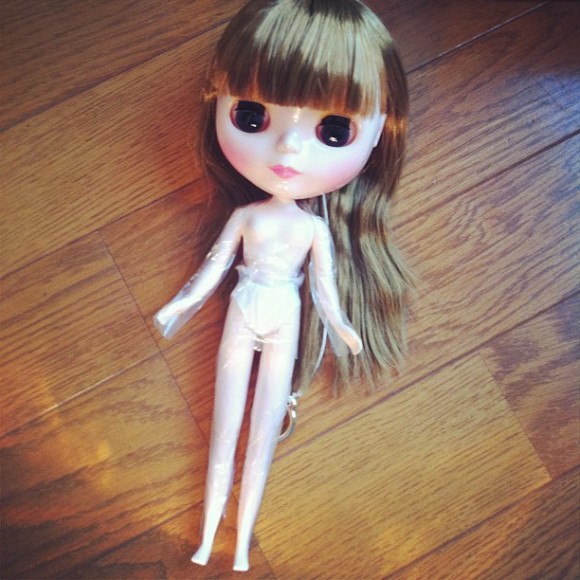
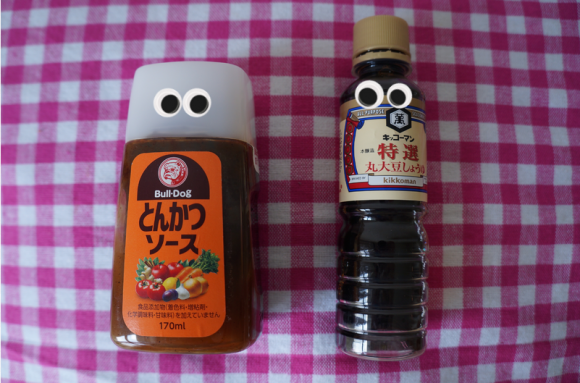
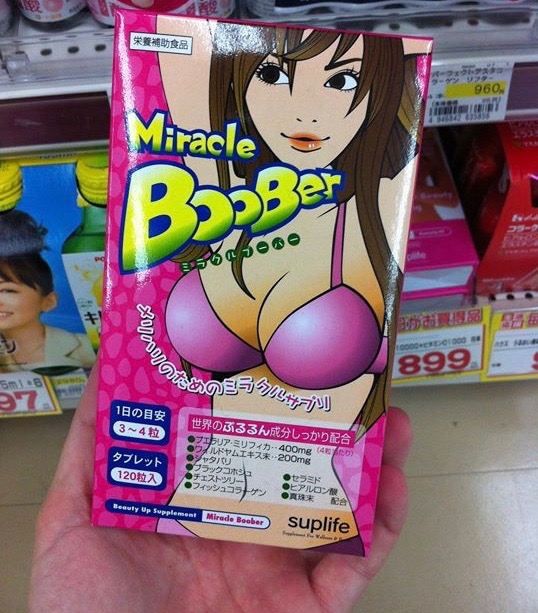
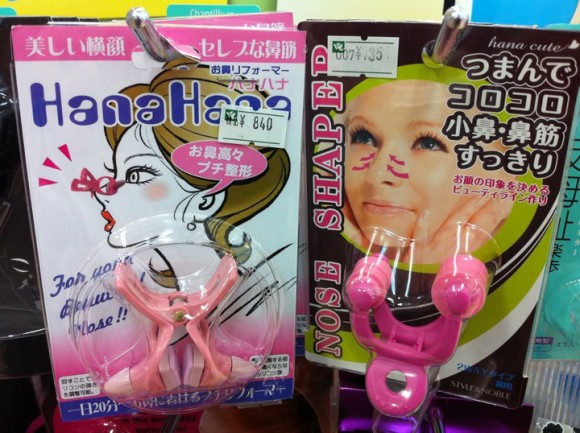
 Lucky underpants for your face: New masks from auspicious Tokyo store offer pandemic protection
Lucky underpants for your face: New masks from auspicious Tokyo store offer pandemic protection New product aimed at Japanese women and cosplayers helps to create a slimmer, taller nose
New product aimed at Japanese women and cosplayers helps to create a slimmer, taller nose Chinese internet unusually upset by “most usual Chinese face” composite
Chinese internet unusually upset by “most usual Chinese face” composite Definitely not for kids — new Pennywise gacha capsule toy is terrifying yet awesome
Definitely not for kids — new Pennywise gacha capsule toy is terrifying yet awesome Can slapping on some nose filters prevent the anguish of hay fever?
Can slapping on some nose filters prevent the anguish of hay fever? McDonald’s new Happy Meals offer up cute and practical Sanrio lifestyle goods
McDonald’s new Happy Meals offer up cute and practical Sanrio lifestyle goods All-you-can-drink Starbucks and amazing views part of Tokyo’s new 170 meter-high sky lounge
All-you-can-drink Starbucks and amazing views part of Tokyo’s new 170 meter-high sky lounge Studio Ghibli glasses cases let anime characters keep an eye on your spectacles
Studio Ghibli glasses cases let anime characters keep an eye on your spectacles Starbucks reopens at Shibuya Scramble Crossing with new look and design concept
Starbucks reopens at Shibuya Scramble Crossing with new look and design concept More foreign tourists than ever before in history visited Japan last month
More foreign tourists than ever before in history visited Japan last month Osaka’s creepy cute mascot speaks for first time, adds more fuel the creepy OR cute debate【Video】
Osaka’s creepy cute mascot speaks for first time, adds more fuel the creepy OR cute debate【Video】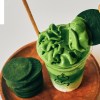 Japan’s new 2,500-yen Ultimate Matcha Latte Float takes green tea to a whole new level
Japan’s new 2,500-yen Ultimate Matcha Latte Float takes green tea to a whole new level Hamster abandoned at Tokyo ramen restaurant gets new home
Hamster abandoned at Tokyo ramen restaurant gets new home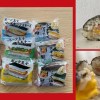 Who makes Japan’s best Spam-style onigiri convenience store rice ball? Let’s find out【Taste test】
Who makes Japan’s best Spam-style onigiri convenience store rice ball? Let’s find out【Taste test】 The oldest tunnel in Japan is believed to be haunted, and strange things happen when we go there
The oldest tunnel in Japan is believed to be haunted, and strange things happen when we go there Disney princesses get official manga makeovers for Manga Princess Cafe opening in Tokyo
Disney princesses get official manga makeovers for Manga Princess Cafe opening in Tokyo Beautiful new Final Fantasy T-shirt collection on the way from Uniqlo【Photos】
Beautiful new Final Fantasy T-shirt collection on the way from Uniqlo【Photos】 Is the new Shinkansen Train Desk ticket worth it?
Is the new Shinkansen Train Desk ticket worth it? Foreign English teachers in Japan pick their favorite Japanese-language phrases【Survey】
Foreign English teachers in Japan pick their favorite Japanese-language phrases【Survey】 Japanese convenience store packs a whole bento into an onigiri rice ball
Japanese convenience store packs a whole bento into an onigiri rice ball We try out “Chan Ramen”, an underground type of ramen popular in the ramen community
We try out “Chan Ramen”, an underground type of ramen popular in the ramen community Studio Ghibli releases Kiki’s Delivery Service chocolate cake pouches in Japan
Studio Ghibli releases Kiki’s Delivery Service chocolate cake pouches in Japan Japan’s bone-breaking and record-breaking roller coaster is permanently shutting down
Japan’s bone-breaking and record-breaking roller coaster is permanently shutting down New definition of “Japanese whiskey” goes into effect to prevent fakes from fooling overseas buyers
New definition of “Japanese whiskey” goes into effect to prevent fakes from fooling overseas buyers Our Japanese reporter visits Costco in the U.S., finds super American and very Japanese things
Our Japanese reporter visits Costco in the U.S., finds super American and very Japanese things Studio Ghibli unveils Mother’s Day gift set that captures the love in My Neighbour Totoro
Studio Ghibli unveils Mother’s Day gift set that captures the love in My Neighbour Totoro Foreign passenger shoves conductor on one of the last full runs for Japan’s Thunderbird train
Foreign passenger shoves conductor on one of the last full runs for Japan’s Thunderbird train Domino’s Japan now sells…pizza ears?
Domino’s Japan now sells…pizza ears? New Japanese KitKat flavour stars Sanrio characters, including Hello Kitty
New Japanese KitKat flavour stars Sanrio characters, including Hello Kitty Kyoto creates new for-tourist buses to address overtourism with higher prices, faster rides
Kyoto creates new for-tourist buses to address overtourism with higher prices, faster rides Sales of Japan’s most convenient train ticket/shopping payment cards suspended indefinitely
Sales of Japan’s most convenient train ticket/shopping payment cards suspended indefinitely Sold-out Studio Ghibli desktop humidifiers are back so Totoro can help you through the dry season
Sold-out Studio Ghibli desktop humidifiers are back so Totoro can help you through the dry season Japanese government to make first change to romanization spelling rules since the 1950s
Japanese government to make first change to romanization spelling rules since the 1950s Ghibli founders Toshio Suzuki and Hayao Miyazaki contribute to Japanese whisky Totoro label design
Ghibli founders Toshio Suzuki and Hayao Miyazaki contribute to Japanese whisky Totoro label design Doraemon found buried at sea as scene from 1993 anime becomes real life【Photos】
Doraemon found buried at sea as scene from 1993 anime becomes real life【Photos】 Tokyo’s most famous Starbucks is closed
Tokyo’s most famous Starbucks is closed One Piece characters’ nationalities revealed, but fans have mixed opinions
One Piece characters’ nationalities revealed, but fans have mixed opinions We asked a Uniqlo employee what four things we should buy and their suggestions didn’t disappoint
We asked a Uniqlo employee what four things we should buy and their suggestions didn’t disappoint Princesses, fruits, and blacksmiths: Study reveals the 30 most unusual family names in Japan
Princesses, fruits, and blacksmiths: Study reveals the 30 most unusual family names in Japan Japanese “nose-gargling” advertisement attracts attention on Tokyo’s trains
Japanese “nose-gargling” advertisement attracts attention on Tokyo’s trains “Recycling in Japan” or “Reasons to get it right and avoid eternal shame”
“Recycling in Japan” or “Reasons to get it right and avoid eternal shame” Do this Japanese cosmetics company’s “small face” masks make a big difference in your beauty?
Do this Japanese cosmetics company’s “small face” masks make a big difference in your beauty? “The revolutionary way to pick your nose!” We try out the Nose Picker
“The revolutionary way to pick your nose!” We try out the Nose Picker Three reasons why it’s okay to be a girly girl in Japan
Three reasons why it’s okay to be a girly girl in Japan The eyes have it — do Japanese girls’ makeup skills hinge on one essential feature?
The eyes have it — do Japanese girls’ makeup skills hinge on one essential feature? What type of girlfriend are you? Wait a minute, let me check your bangs
What type of girlfriend are you? Wait a minute, let me check your bangs 4 Japanese beauty fads that Westerners just don’t understand
4 Japanese beauty fads that Westerners just don’t understand Half-Chinese woman undergoes extensive cosmetic surgery to become the next living Barbie doll
Half-Chinese woman undergoes extensive cosmetic surgery to become the next living Barbie doll Keyboard app shares most common emoji by country, Japan’s are completely different from others
Keyboard app shares most common emoji by country, Japan’s are completely different from others Mobile purikura comes to your phone with new face-slimming lens
Mobile purikura comes to your phone with new face-slimming lens 6 surprising things about having a baby in Japan
6 surprising things about having a baby in Japan Japan weirded out by new range of Disney shower heads
Japan weirded out by new range of Disney shower heads Survey says osechi New Year’s food differs according to each region in Japan
Survey says osechi New Year’s food differs according to each region in Japan Japanese work ethic tested, how high of a fever will you run before calling in sick?
Japanese work ethic tested, how high of a fever will you run before calling in sick? Survey reveals most Japanese workers want to work from home at least twice per week
Survey reveals most Japanese workers want to work from home at least twice per week
Leave a Reply